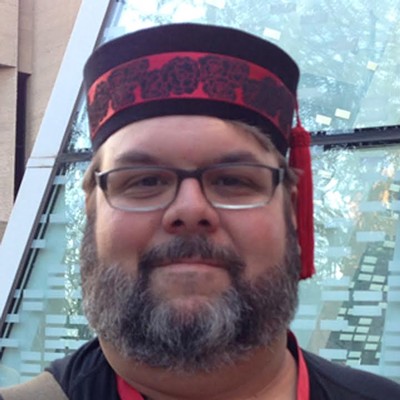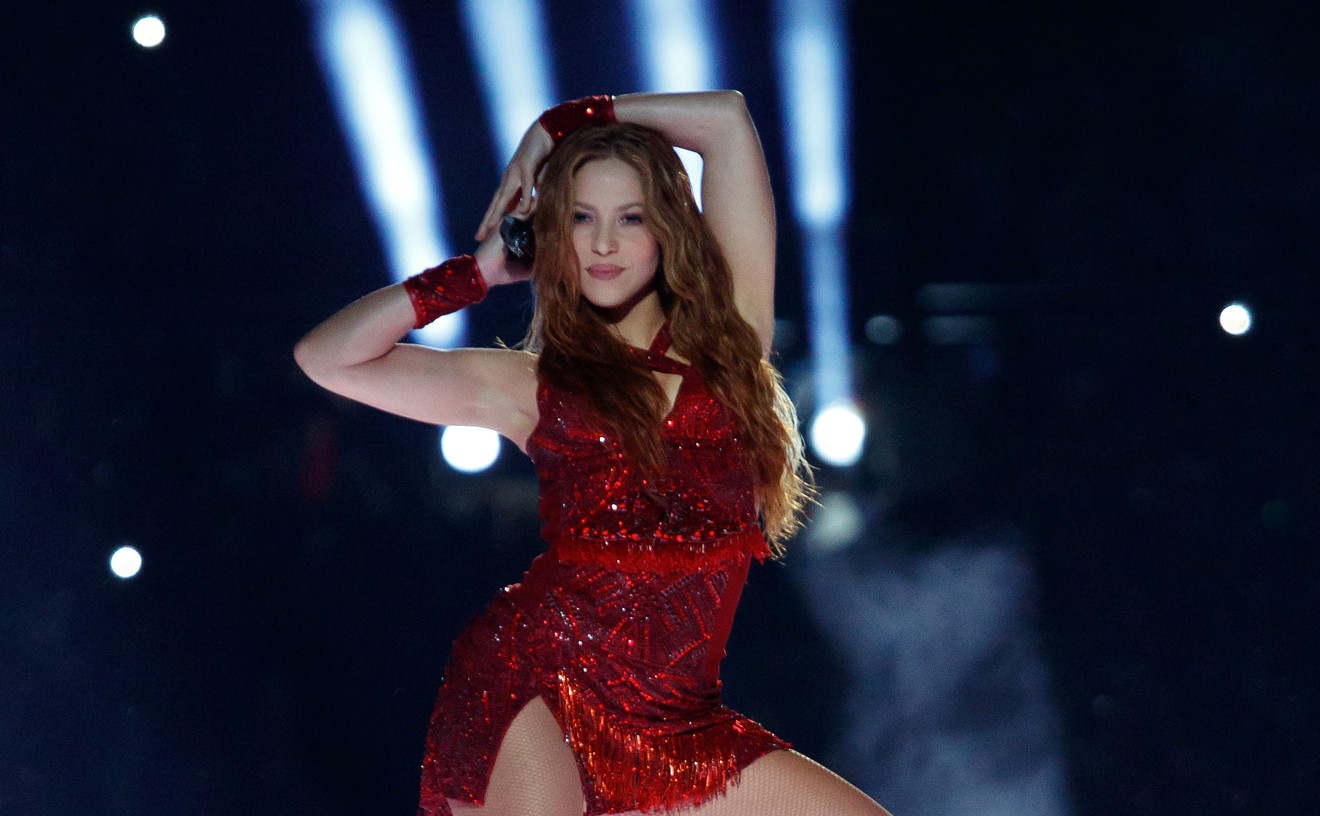Prepare to take a ride on a silver machine with the D-Rider himself, former Hawkwind saxophonist Nik Turner. The space rock legend celebrates The Space Ritual at the Rebel Lounge on Monday, November 6.
And you are born to go. You’ve got your orgone accumulator and you know what to do in case of sonic attack. But space is so empty, and once you’ve left this world and are heading down through the night, you’ll need something to keep occupied as the seconds to forever tick down.
Fortunately, Hawkwind has the perfect reading list built into its discography.
Turner and his former band mates Dave Brock, the late Robert Calvert and even the late Lemmy, drew heavy inspiration from the new wave of sci-fi that was burgeoning when Hawkwind was leading free festival freak-outs in the early 1970s.
The band even enlisted pulp fantasy author Michael Moorcock to write lyrics and read poetry during their Space Ritual tour. The band hit it off so well with Moorcock he even wrote a novel about them, The Time of the Hawklords.
So here is a list of essential reading for all you wannabe psychedelic warlords and urban guerillas. Sadly, several are out of print or only available as imports or on specialty imprints, but remember, do not panic! Tracking these titles down shouldn't be difficult for masters of the universe. You are welcome.
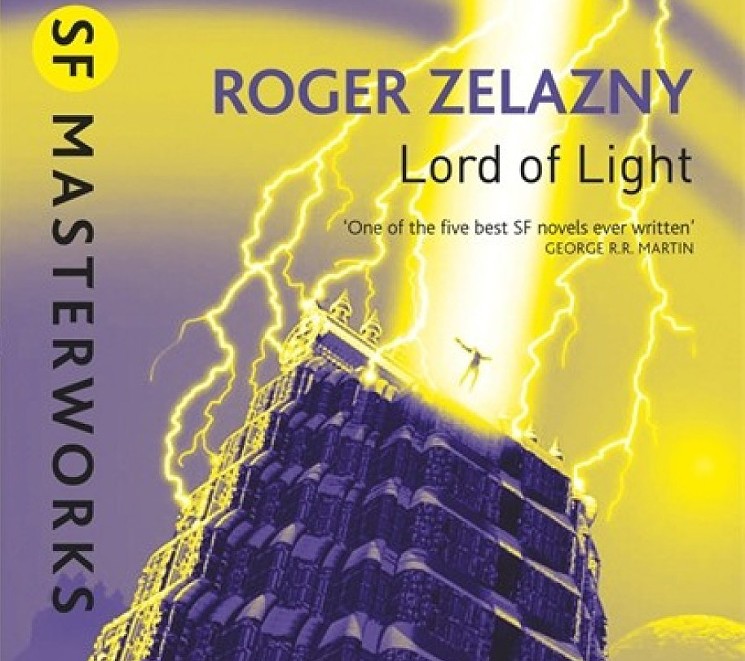
Roger Zelazny's masterpiece about futuristic Hindu gods and Buddhist aliens was one of Hawkwind's first lyrical inspirations.
Courtesy of Orion Books.
By Roger Zelazny
Zelazny’s masterpiece is the story of a future society on an alien planet where the crew of a stranded spaceship has achieved immortality through a sort of mind-transfer reincarnation. Eventually these immortal crewman assume godlike aspects inspired by Hinduism until one crewman rejects his godhood and becomes a Buddha-like figure to the subjugated aliens. Hawkwind’s song of the same name is featured on 1972's Doremi Fasi Latido and the live epic, Space Ritual.
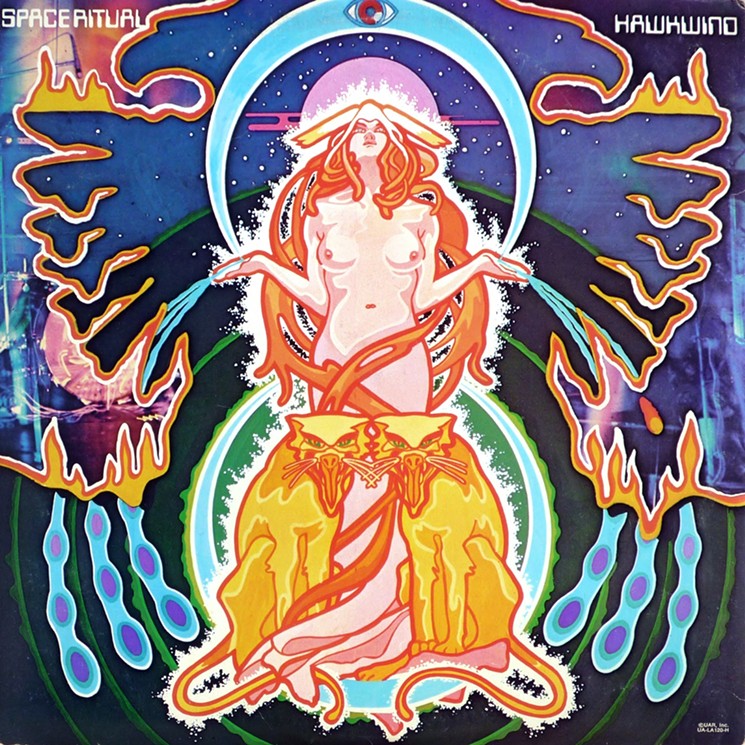
Hawkwind's groundbreaking live album, The Space Ritual, featured readings of Michael Moorcock's poetry.
Courtesy of Parlophone Records.
By Michael Moorcock
Moorcock’s 1969 space opera tells the story of a man so disillusioned with humanity that he steals a starship and heads into deep space. The novel inspired the song "Space Is Deep" on Doremi Fasi Latido, which was performed in conjunction with a reading from the novel on The Space Ritual. Out of print now, the novella is available as an import in the collection Travelling to Utopia.
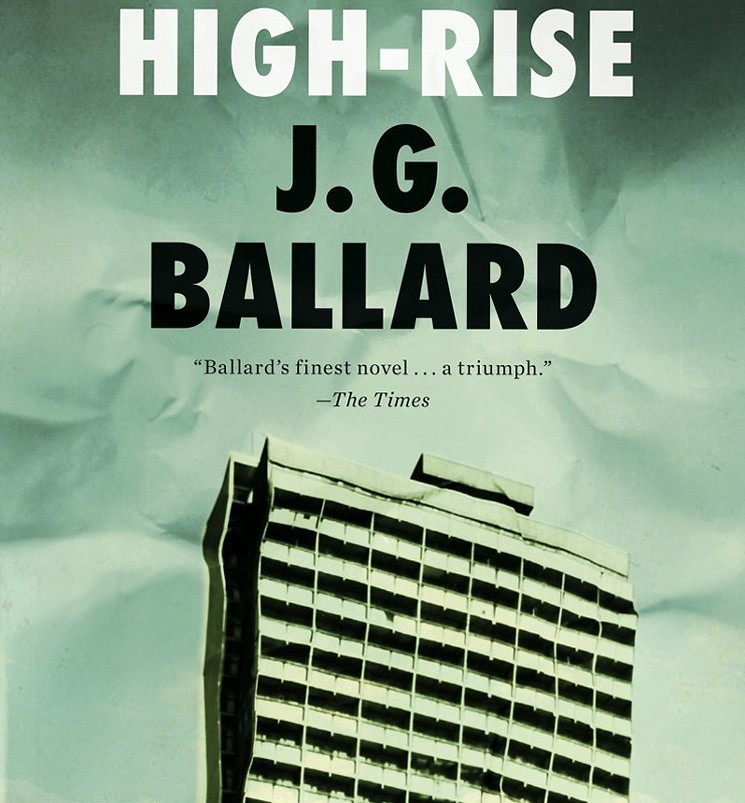
J.G. Ballard's classic High Rise follows the decay of humanity and society, encapsulated in a decaying apartment building.
Courtesy of Doubleday Books.
By J.G. Ballard
Ballard's dizzying novel about the decay of society, mirrored in the decay of a high-rise apartment building, may be more recently recognized from the film starring Jeremy Irons and Tom Hiddleston, but Hawkwind adapted the novel first, on its 1979 album PXR5.
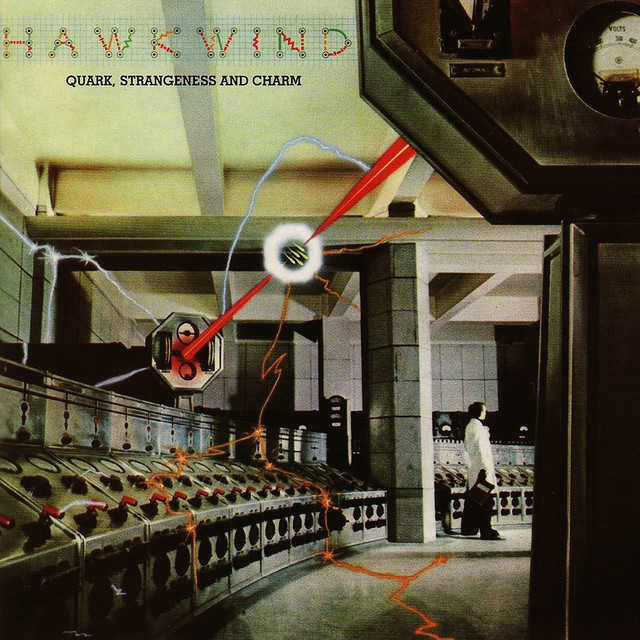
The first album without Nik Turner, Quark, Strangeness and Charm sported a hypnotic, punk-inspired sound, but still featured lyrics inspired by sci-fi.
Courtesy Atomhenge Records.
By Roger Zelazny
You may know this story from the George Peppard B-movie filmed at Meteor Crater, but Zelazny’s novel about a trucking crew dodging mutant giant scorpions to deliver a life-saving serum across a post apocalyptic American wasteland also inspired a song of the same name on Hawkwind’s 1977 album, Quark, Strangeness and Charm.
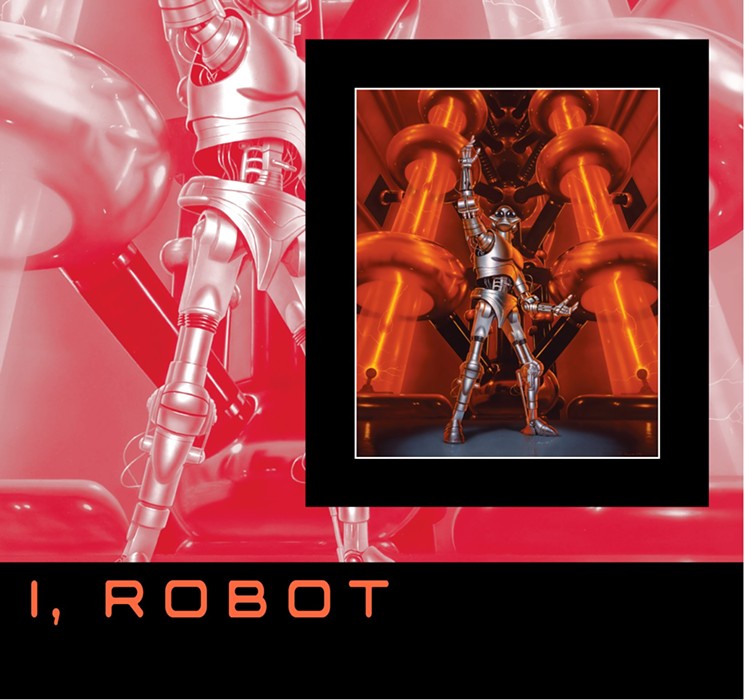
Asimov's three laws of robotics were first codified in this short story collection from 1942.
Courtesy of Penguin Random House Books.
By Isaac Asimov
Asimov's laws of robotics have influenced generations of sci-fi since he conceived them in the short story, "Runaround" in 1942. Hawkwind drew inspiration from the three laws for Robot from P.X.R.5.
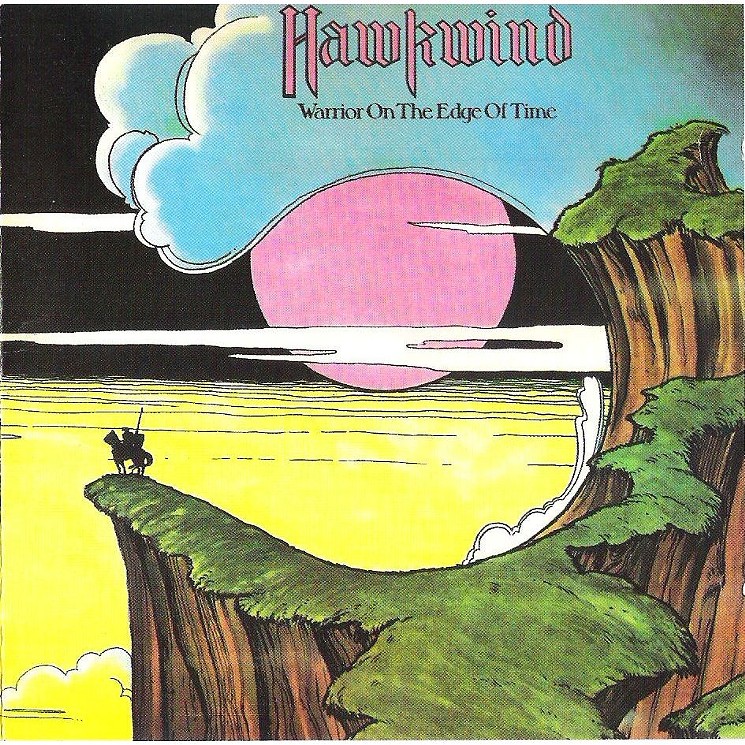
Lemmy's last album with Hawkwind, Warrior on the Edge of Time, was also heavily inspired by Moorcock, featuring his poetry, as well as his lyrics to the minor hit, Kings of Speed.
Courtesy Atomhenge Records.
By Michael Moorcock
Another concept of Moorcock’s that figures deeply in Hawkwind’s work is the Eternal Champion — a hero who manifests in different incarnations throughout time and space. This concept deeply infused Hawkwind’s 1975 album, Warrior at the Edge of Time, influencing tracks like Assault and Battery and The Golden Void. Moorcock would later revisit some of those lyrical themes with another spaced-out rock band, Blue Oyster Cult.
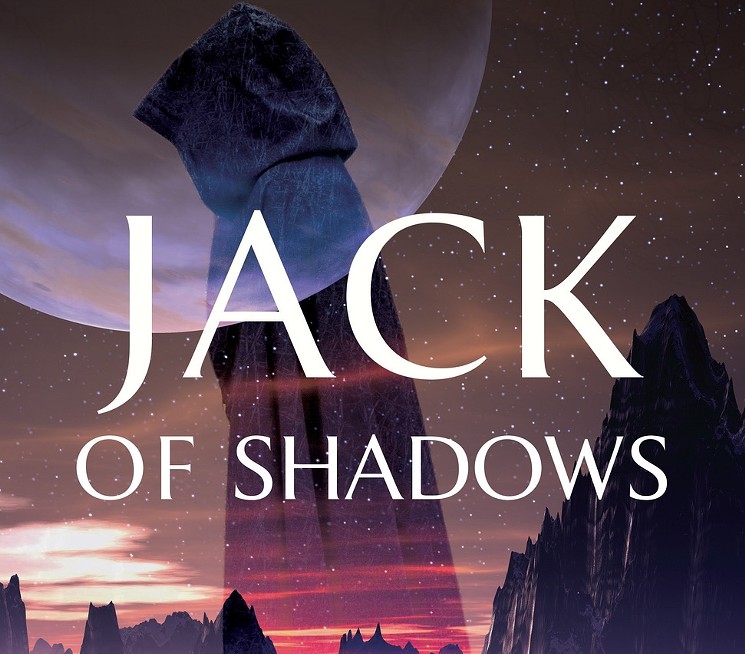
Roger Zelazny's magical rogue Jack of Shadows dances between light and dark, weilding the magic of shadow.
Courtesy of Chicago Review Press.
By Roger Zelazny
Another classic from the late Zelazny, Jack of Shadows is set on a world where half is in perpetual darkness and half in light. Magic rules the dark side and science the light. The title character is the most powerful magician on the planet, but only when he dwells on the borders of light and dark. Hawkwind immortalized him on PXR5.
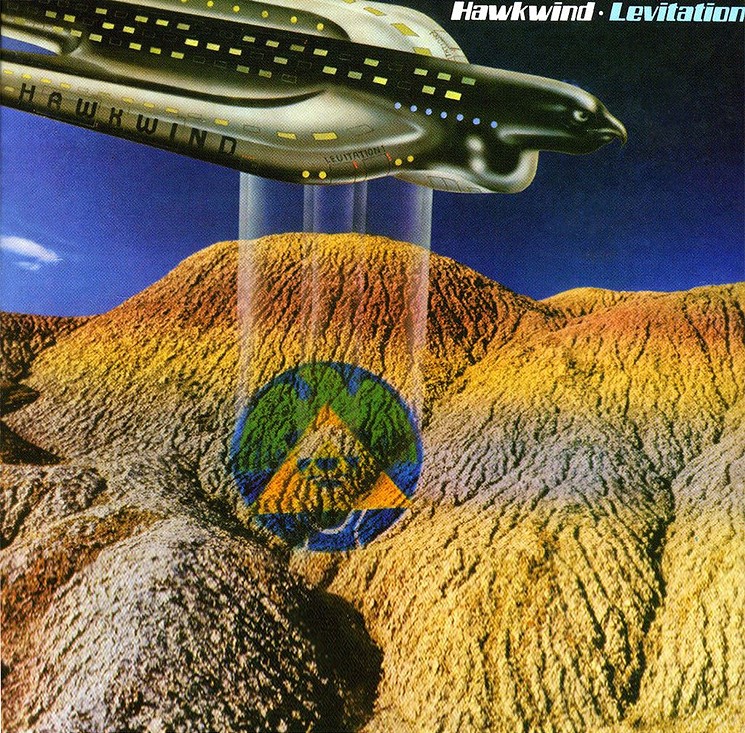
Robert Calvert had taken his poems and left, but Cream's Ginger Baker provided a heavy backbone to the sci-fi tunes on 1980's Levitation.
Courtesy Atomhenge Records.
By Philip Jose Farmer
Farmer's World of Tiers' reputation has sadly faded with time. But his novels of artificial parallel universes and the humans who are able to navigate between them are still a cornerstone of the New Wave of Sci Fi, and Hawkwind did its part to immortalize the series with a 1980 instrumental on Levitation.
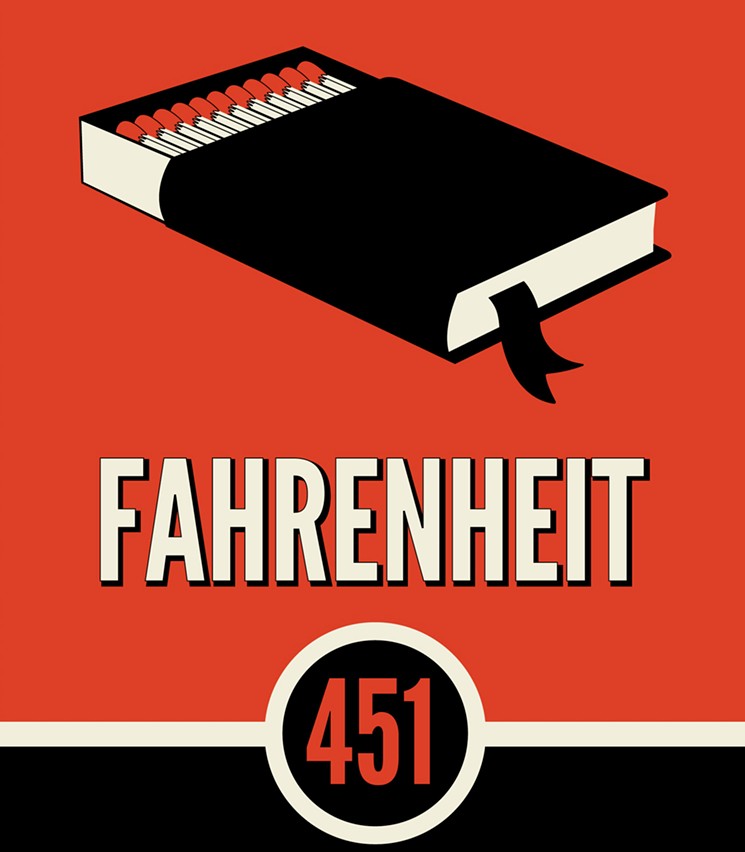
Ray Bradbury's timeless tale of burning books has inspired generations of readers and space-rockers alike.
Courtesy of Simon & Schuster Books.
By Ray Bradbury
Really, who hasn't been influenced by this seminal book? Often interpreted as a warning against censorship, Bradbury claimed it was instead about the dangers of television and how it was destroying reading. (He may have been a great writer, but he was also a bit of a Luddite.) Regardless, Hawkwind set the tale to music on the 1982 album, Choose Your Masques.
The Iron Dream
By Norman Spinrad
An alternate history with some pointed commentary at sci-fi fandom, The Iron Dream is an unsettling classic. In Spinrad’s meta-story, Adolf Hitler emigrates to America post World War I to pursue a career as a pulp fiction writer. The Iron Dream is presented as Hitler’s sci-fi masterpiece, imagining Nazis as future supermen, and also includes fictional commentary on the book’s fans, a rabid following who as his Nazi characters when attending sci-fi conventions. Hawkwind took the title for a Holst-derived instrumental on Quark, Strangeness and Charm.

Michael Moorcock's "Eternal Champions" inspired many Hawkwind songs, some of which Moorcock wrote. His Elric novels inspired an entire album.
Courtesy of Del Rey Books.
By Michael Moorcock
The most famous of Moorcock’s Eternal Champions, Elric is an albino prince who is kept alive by the souls his evil sword Stormbringer steals from its victims. Hawkwind built an entire concept album (with one exception, see below) around Elric, 1985’s The Chronicles of the Black Sword.

The Chronicles of the Black Sword told the story of Michael Moorcock's famed anti-hero, Elric.
Courtesy Atomhenge Records.
By Michael Moorcock
Yep, there is still more from Moorcock. Jerry Cornelius is a swinging London version of the Eternal Champion, who battles at the end of time with his trusty needlegun. That weapon was immortalized in The Chronicles of the Black Sword in the song "Needle Gun."



